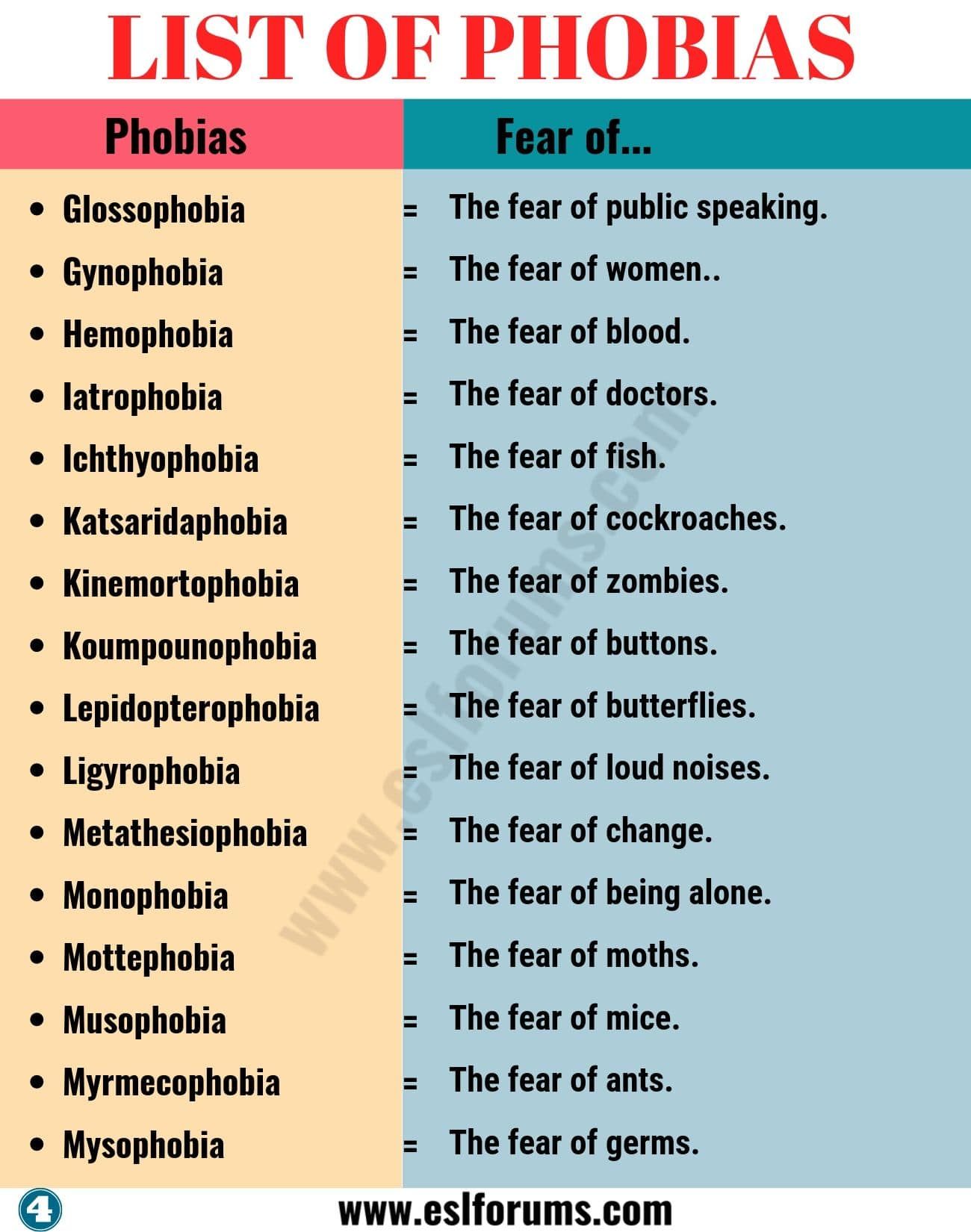A phobia is an intense, irrational fear of a specific object, situation, or activity. Phobias can be extremely distressing and can interfere with an individual’s ability to function in their daily life. There are many different types of phobias, and they can be broadly categorized into three groups: specific phobias, social phobia, and agoraphobia.
Specific phobias are the most common type of phobia. They are characterized by an intense fear of a specific object or situation, such as spiders, heights, or flying. The fear is often disproportionate to the actual danger posed by the object or situation. Specific phobias typically develop in childhood or adolescence, and can persist into adulthood if left untreated.
Social phobia, also known as social anxiety disorder, is characterized by a fear of social situations or performance situations, such as public speaking or meeting new people. The fear is often related to being judged or scrutinized by others. Social phobia can be extremely distressing and can interfere with an individual’s ability to form and maintain relationships, as well as their ability to function in their work or academic life.
Agoraphobia is characterized by a fear of being in situations where escape may be difficult or embarrassing, such as being in a crowded place or traveling on public transportation. Agoraphobia often develops after a panic attack or a series of panic attacks, and the fear of having another panic attack can be so intense that it leads to avoidance of certain situations.
Phobias can be extremely distressing and can interfere with an individual’s ability to function in their daily life. Treatment for phobias typically involves a combination of cognitive-behavioral therapy and medication. Cognitive-behavioral therapy, or CBT, is a type of psychotherapy that focuses on changing thought patterns and behaviors that contribute to the phobia. Exposure therapy, a specific type of CBT, involves gradually exposing the individual to the object or situation that they fear, in a controlled and safe environment, until they are able to manage their fear. Medications, such as anti-anxiety medications or antidepressants, can also be helpful in managing symptoms of phobia.

A phobia is an intense, irrational fear of a specific object, situation, or activity. There are many different types of phobias, and they can be broadly categorized into three groups: specific phobias, social phobia, and agoraphobia. Treatment for phobias typically involves a combination of cognitive-behavioral therapy and medication. It is important for individuals with phobias to seek support and understanding from their family, friends, and community, in order to manage their symptoms and lead fulfilling lives.

